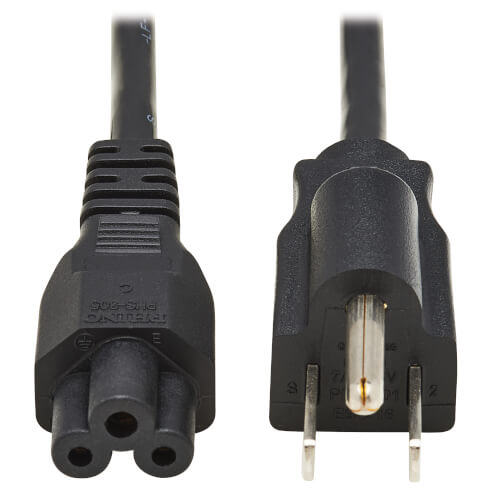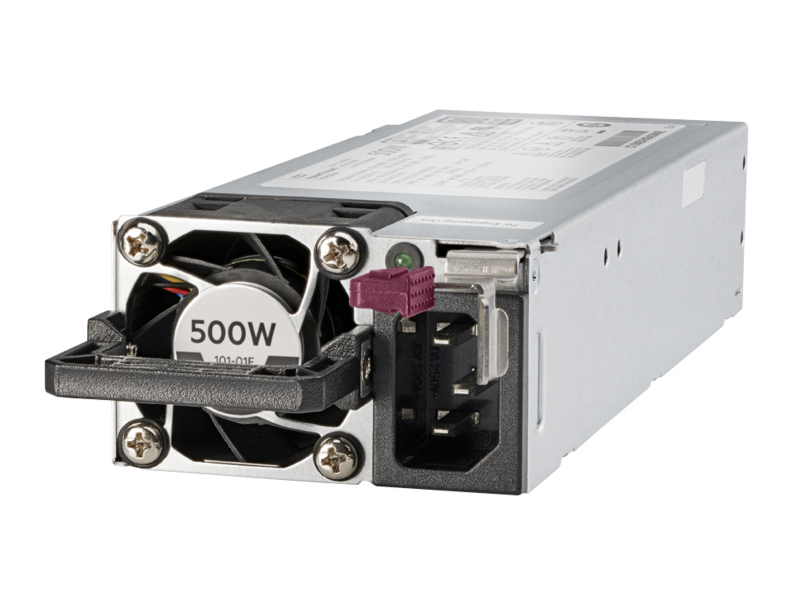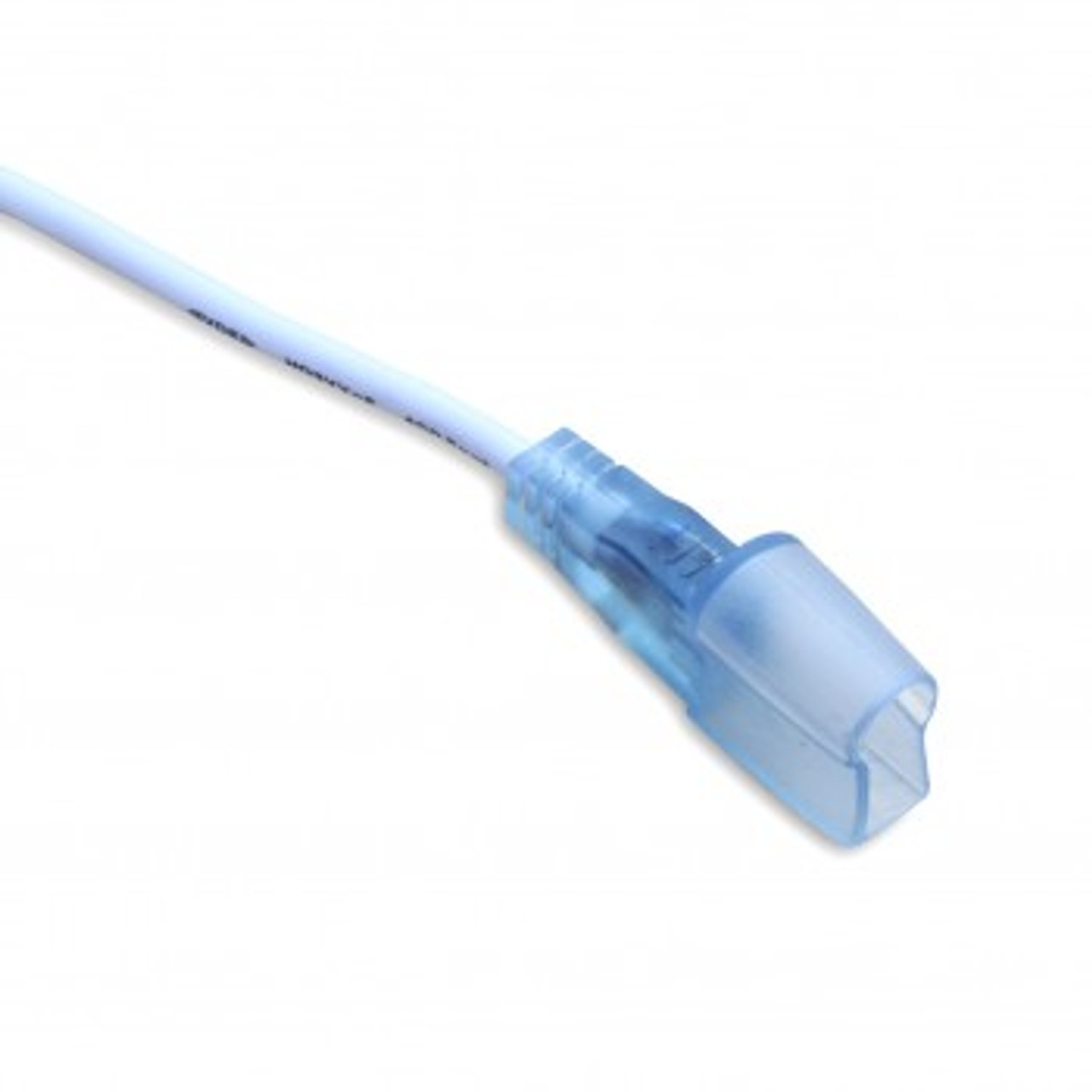Slot Power
Product Title JOYSWAY Super 153 USB Power Slot Car Racing set. Average rating: 0 out of 5 stars, based on 0 reviews. Current Price $39.99 $ 39.
(Previously known as Power Slot or SportStop)
These can provide each slot car lane with as much as 10 amps of power, although most of the cars won't use more than 5 amps during the race. When additional power supplies are added, the powerbase - the segment of track where the power supply attaches - may need to be modified to handle the additional power. Power supply is the most imortant investment for your slot car project. A regulated power supply ensures that your car motors run efficiently and smoothly, and you don't have power surges when one of your cars deslot. Investing in a good power supply will quickly pay for itself in motor savings alone.
StopTech Sport - The Performance Brake Professionals
StopTech Sport (Previously known as Power Slot or SportStop) - The Performance Brake Professionals black lettering Whether you drive a sports car, SUV, truck or sport compact, StopTech Sport has a brake rotor for your vehicle. With over 1200 vehicle fitments, StopTech Sport is the undisputed leader in high-performance replacement rotors. All of StopTech Sport's rotors are designed to run cooler and promote improved wet and dry brake performance and slotted rotors retain more surface area than drilled rotors, meaning more stopping friction. StopTech Sport pioneered the performance rotor business years ago and since then they've never lost their focus. Tapered slot technology creates a vent for brake dust and pad gasses while preserving strength. Brightly plated to enhance the look of custom wheels. StopTech Sport rotors are also available cryogenically treated. Although not apparent to the naked eye, rotors treated cryogenically show significant improvements in abrasive wear resistance and durability while also reducing residual stresses for an extra level of protection against warping.
At StopTech Sport, they live by one simple motto: Premium Quality Equals Premium Performance. They believe that all of their products must exceed the fit, finish and performance of the Original Equipment rotor on your car. That's why they're known as the Performance Brake Professionals!
Stoptech Sport Slotted, Drilled, And Drilled, Slotted And Cryo (cryogenically treated) Brake Rotors.
Any of these rotors can be ordered as a Stoptech Sport Cryo Brake Rotor.
Stoptech Sport Slotted
- Prevents glazing of the pads, adds bite and improves wet and dry braking performance.
- Produced from a high quality Centric Parts® blank casting and finished in a durable e-coating for corrosion resistance.
- Look great behind custom wheels, improve the initial bite of the brake pads, and help wipe away the debris that forms between the pad and the disc.
- Most are finished with black e-coating on both sides of the hat, inside the cooling vanes, and on the outside edge.
- E-coating is a superior electro-statically applied finish designed to withstand 400 hours of salt water exposure without rusting.
- Power Alloy metallurgy is an exclusive feature of many StopTech® rotors.
- In specific vehicle applications, StopTech works with foundry partners to increase the molybdenum or carbon content of the castings, and to carefully control the cooling rate during production to reach targets for hardness and tensile strength.
- Nearly all StopTech® 1-piece rotors have unique slot or hole patterns for the left and right sides of the vehicle. For these directional patterns, straight vane or pillar vane rotors are used to ensure that a drilled hole never touches a cooling vane.
- Look for Series 126 rotors.
Stoptech Sport Drilled
- Prevents glazing of the pads, adds bite and improves wet and dry braking performance.
- Produced from a high quality Centric Parts® blank casting and finished in a durable e-coating for corrosion resistance.
- Look great behind custom wheels, improve the initial bite of the brake pads, and help wipe away the debris that forms between the pad and the disc.
- Most are finished with black e-coating on both sides of the hat, inside the cooling vanes, and on the outside edge.
- E-coating is a superior electro-statically applied finish designed to withstand 400 hours of salt water exposure without rusting.
- Power Alloy metallurgy is an exclusive feature of many StopTech® rotors.
- In specific vehicle applications, StopTech works with foundry partners to increase the molybdenum or carbon content of the castings, and to carefully control the cooling rate during production to reach targets for hardness and tensile strength.
- Nearly all StopTech® 1-piece rotors have unique slot or hole patterns for the left and right sides of the vehicle. For these directional patterns, straight vane or pillar vane rotors are used to ensure that a drilled hole never touches a cooling vane.
- Look for Series 128 rotors.

Stoptech Sport Drilled and Slotted
- Prevents glazing of the pads, adds bite and improves wet and dry braking performance.
- Produced from a high quality Centric Parts® blank casting and finished in a durable e-coating for corrosion resistance.
- Look great behind custom wheels, improve the initial bite of the brake pads, and help wipe away the debris that forms between the pad and the disc.
- Most are finished with black e-coating on both sides of the hat, inside the cooling vanes, and on the outside edge.
- E-coating is a superior electro-statically applied finish designed to withstand 400 hours of salt water exposure without rusting.
- Power Alloy metallurgy is an exclusive feature of many StopTech® rotors.
- In specific vehicle applications, StopTech works with foundry partners to increase the molybdenum or carbon content of the castings, and to carefully control the cooling rate during production to reach targets for hardness and tensile strength.
- Nearly all StopTech® 1-piece rotors have unique slot or hole patterns for the left and right sides of the vehicle. For these directional patterns, straight vane or pillar vane rotors are used to ensure that a drilled hole never touches a cooling vane.
- Look for Series 127 rotors.
Power Slotted Rotors
Introduction: Digital Slot Car Power Distribution
Ever built yourself a large slot car layout and found that the cars just don't seem to have the same performance? Or do you hate it when your races are interrupted by the cars stopping because of bad joints? This Instructable will show you how to get your digital race track running faultless.
Please note that this is for digital track, which is where you can race with multiple cars in the same slot. If you wish to do this for systems which run one car per slot on analog controllers, there is a few notes at the end to help you modify it.
Supplies:
You will need the following tools -
- Soldering Iron
- Solder
- Cutters
- Strippers
- Screwdriver
- Ruler
You will also need the following components (Part numbers from www.DigiKey.co.uk )
- Matrix or Strip board (any will do) x1
- PCB standoffs (M3, any length or type will do) x4
- 3 pin PCB mounted header - WM2745-ND x5
- 3 pin connector housing - 900-0022013037-ND x5
- 22-30awg Crimp - WM1114-ND x10
- 2.5m Red Hook up Wire - 2200/26RD-100-ND
- 2.5m Black Hook up Wire - 2200/26BK-100-ND
- Epoxy Glue (Any will do)
Step 1: Building the Board
The construction of the board is simple. Solder the 5 headers in place, then if using matrix board, solder the board to create tracks linking the outside pins in parallel lines. In strip board, ensure that the strips will connect the outside pins of the headers. If you have a multimeter, it pays to check to ensure that all of the number 1 pins are joined, and all of the number 3 pins are connected. There shouldn't be and connections made between any number 1 and 3 pins or it can damage your power base.
This gives you 5 connection points, if you wish you could add more. The next step explains how and why this works!
If you don't know how to solder then please check out this Instructable https://www.instructables.com/id/How-to-solder/ (Thanks Noah!)
Step 2: The Science
Without diving too much into details of how resistances work, I will give you a simple explanation so you know why and how this works. If you want a more detailed explanation then please do look up Ohm's law and Kirchoff's law.
Fig.1 shows a circuit representation of a slot car track. Each of the resistors represents a joint in the track. No matter how good the connection, there will always be a small resistance here, which hinders the flow of electrons (electricity). Every resistance causes the voltage to be a little bit lower, so when the car is further away from the power base, it has less voltage to power it. This leads to poor performance from the cars, and when multiple cars are on the track this effect is even greater, possibly even stopping the cars.
If there are then two breaks in the track, this section between the breaks will become a dead zone and nothing will run at all. It would seem to any logical person that what is needed is more power bases.
Fig.2 shows a circuit with our power distribution system fitted. Now we can see that we have far fewer resistances in between each power 'tap'. This means less volt drop so our cars get more voltage, and that means more performance. Multiple cars racing will then be able to run better so your races will run smoother with less track issues. Any breaks in the track are also far less noticeable as instead of two breaks over the whole track, there must be two breaks in each section to have an effect.
Step 3: Preparing the Wires
Now its time to get the interconnecting wires prepared. First, cut a red and black wire of about 10cm for each piece of track we are going to 'tap'. These will need to have 5mm of insulation stripped away so you can twist and tin them using a soldering iron. There is an image showing me tinning a wire above.
Next cut a red and black wire for each tap. I would suggest 2 meters but if you have a bigger track than 4 meters then you may need them longer. Once cut, it makes a tidier job if you twist these together. I did this by holding one end in a clamp, and clamping the other in the chuck of a battery drill. I then pull it tight and operated the drill until I had twists of about 1-1.5 per cm. Be careful when you release an end as it may try to unravel a bit which could cause injury. Also beware that the overall length will reduce when twisted together so take this into consideration when cutting. As with the short tails, strip by 5mm and tin the ends.
SAFETY FIRST! :- Always ensure an adult is present when using tools. Soldering irons are hot, very hot, so please be careful. Power tools can be dangerous especially when using them in ways which the weren't intended to be used!
Step 4: Jumper Wires
On your selected track pieces (I have used 4 half length pieces), turn them upside down and as shown in the second picture, tin a couple of metal tabs. Then tin tabs on the opposite lane at the same location ready to add our jumper wires.
When this is done, solder one end of the red jumper to the outside rail of the outside track, then black jumper to the inside rail of the outside track. Then you can solder the other end of the red jumper to the outside rail of the inside track, and black from the inside rail of the inside track.
Slot Power Bank
We must ensure that we maintain the correct polarity to ensure that we don't create a short circuit. I chose 4 pieces of identical track, so that it is easy to see that each has been done identically to reduce the possibility of mistakes. If you want to pause after this step, a quick way of checking your work is to check with a multimeter that you have continuity. The fifth picture shows coloured lines on the track to show which ones should be connected when testing.
Step 5: Attach the Twisted Tails
Next pick which side you wish to add your twisted tails to and solder them on to match the jumper colours you fitted earlier.
Top Tip: If you are struggling to hold the tail and solder it in place, it helps if you hold it with the tip of a small flat screwdriver.

Again it is important to make sure that you make all of your pieces identical so that when it comes to building the track, there is minimal risk of creating a short.
Step 6: Connecting to the Power Base
If you don't feel confident enough to hack your power base, then you don't need to, just ensure one of your taps is next to it when you build your track. But if you feel confident enough then the results are worth it. Please be aware that this could invalidate your warranty and if done improperly could damage your power base.
First remove the screws holding it together and carefully separate the track from the base. Do not cut or break any wires, and find a free pair of metal tabs on one lane. Next tin them as before, and connect the tails ensuring that you are matching the colours you have done on your other tails. Ignore the wire colours in the power base as you may have chosen opposite colours! You could always open up your power base first and make all the colours match if you so wish.
Step 7: Fitting the Plug Housings
Next you need to fit the crimps onto the tails. I used a pair of cutters to do this as I don't have the correct crimping tool. It is ok to do this but be careful not to accidentally cut through the crimp. I also added a little solder once I did this to ensure a good connection.
The housings all have tabs, which helps you to orient them the right way round. It matters not which way you have it so long as they all match (Can you see a theme going here!).
Step 8: Make Your Work Last
as you can see in the image above, all of my pieces are identical. This ensures that there wont be any short circuit when they are connected. But as the wires are easily snagged and pulled, it helps to make a better job if you mix up some epoxy glue, and apply it to fix the wires to the track. Don't put glue on the soldered parts, as it could drip onto the track and cause running issues for the cars. Instead I put a blob in the middle of the jumpers, and a blob on the twisted pair before they leave the track.
Ensure you use the epoxy glue as directed, and kids, always use adhesives under the supervision of an adult!

Step 9: Using Your New System

As all of our pieces are identical, we can ensure that we have no short circuits by orienting all of the modified pieces so the wires all face inwards. Then hook up all the wires to the board, ensuring all the plugs are the right way round. Then switch on your system, pop your cars on the track and away you go!
Please note that this only works in this format on Digital tracks, as cars can race on both lanes, change lanes or run in opposite directions. That's not to say that it cant be modified for 'normal' track. All you need to do is not fit the jumpers and build two boards, one for the inside lane and one for the outside lane. This is a little more tricky to get the polarity correct though so only attempt this if you are confident.
This modification is based on the slot cars and system that I have, and it may not work with others so please do check what you are doing with other makes.
Please do comment with any problems or questions you have and I will try to answer them all. If you don't have a question, then feel free to post details of your versions and pictures of your layouts.
And finally, On your marks, get set.....GO!!!
Be the First to Share
Recommendations

Power Slot Brakes And Rotors
Slot Powers Log In
Slot Power Limit
Microcontroller Contest
Automation Contest
Make it Glow Contest